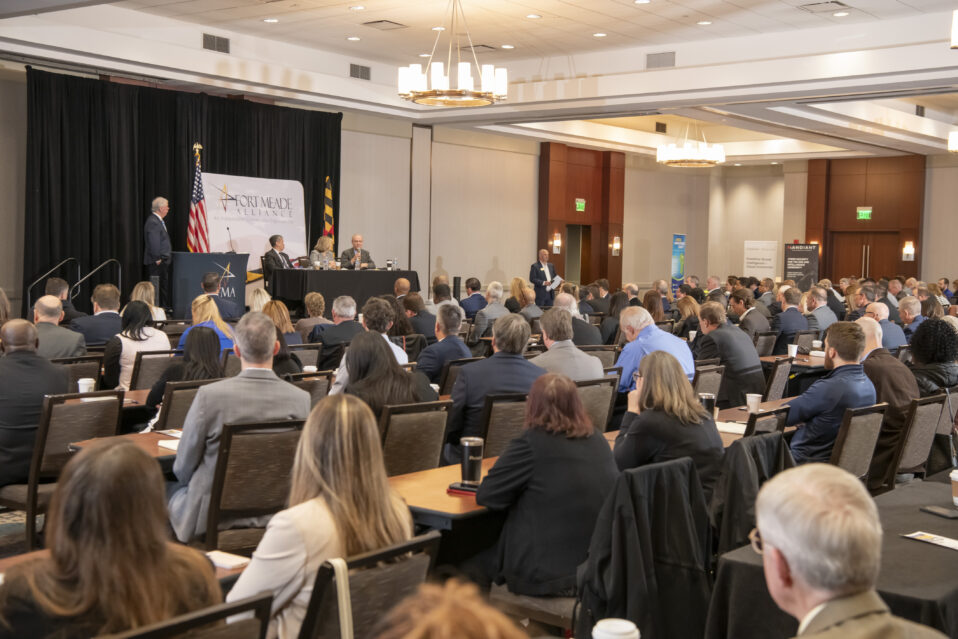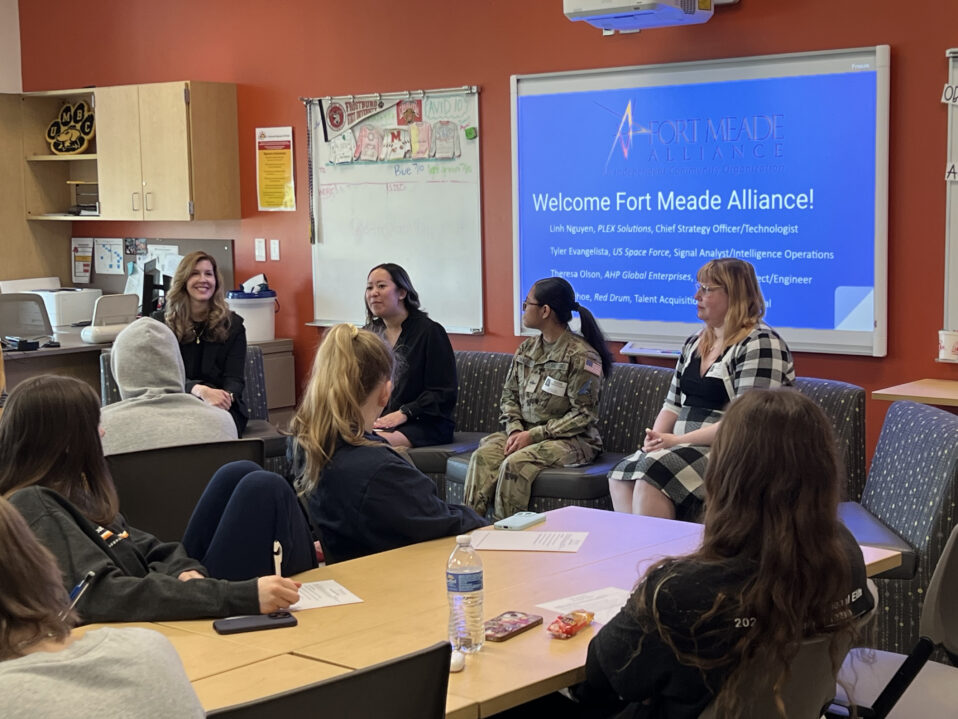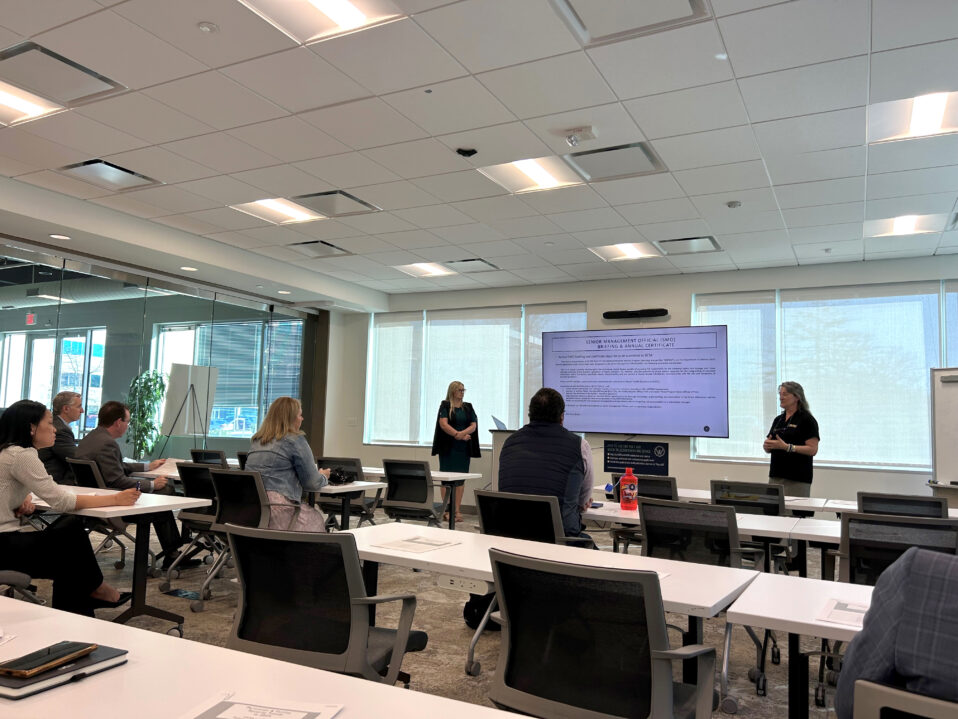 Six-inch-deep potholes, emergency repairs, a reduced speed limit and an accelerated repaving program have rekindled the debate about transferring ownership of the Baltimore-Washington Parkway to the State of Maryland.
Six-inch-deep potholes, emergency repairs, a reduced speed limit and an accelerated repaving program have rekindled the debate about transferring ownership of the Baltimore-Washington Parkway to the State of Maryland.
“This year, the condition of the roadway deteriorated so rapidly that it became a national security issue,” said Stuart Title, Chair of the FMA’s Transportation Committee. “If there was an incident in the middle of the night and people had to rush to Cyber Command or NSA, they would have to deal with poor lighting and big potholes on the parkway. Somebody could hit a six-inch pothole and buckle their car frame while they are trying to go do work that is essential to our security.”
National Park Service personnel and highway contractors have been working intensively to repair the parkway for the past three months.
“From the end of the government furlough in January when we had the first reports of potholes, we have been doing emergency repairs on the roadway from Maryland 32 all the way down to the Patuxent River Bridge near Maryland 197,” said Baltimore-Washington Parkway Superintendent Matt Carroll.
Every day when weather permitted, 10-12 NPS staff filled potholes. Over the course of three months, they placed more than 170 tons of hot asphalt in potholes “and that was all done by hand, shovel by shovel,” Carroll said.
Initially, those efforts could not fully address the hazards along the parkway. That prompted the NPS to reduce the speed limit from 55 mph to 40 mph between MD 32 and MD 197, and hire a contractor to complete additional repairs.
Those emergency repairs ended in mid-April and NPS began an accelerated plan to resurface the parkway between MD 197 and MD 175. The permanent improvements, which include a complete mill and new overlay of asphalt on the mainline of the highway and portions of ramps, will be conducted in two phases and completed by Labor Day weekend. Part of a multi-year plan to resurface 18 miles of parkway, the project was initially scheduled for completion in 2021.
NPS’s repair efforts have been praised by the Fort Meade Alliance, Maryland’s Congressional delegation and others. This year’s hazardous driving conditions, however, have prompted renewed calls to transfer ownership of the roadway.
“I don’t blame the Park Service for any of this,” Title said. “They work hard and do the best they can in an organization that is tremendously underfunded… Congress doesn’t seem to be willing to appropriate the proper money to maintain the parkway.”
The road’s designation as a parkway, rather than a highway, also limits the improvements that can be done, Title said. Federal parkway regulations preclude installing exit numbers, mile markers, electronic signs, emergency lanes and other features found on national highways.
In a March 2019 letter, Governor Larry Hogan asked Maryland’s Congressional delegation to support his effort to take over the parkway. The governor and then Secretary of the Interior Ryan Zinke had signed a non-binding agreement in June 2018 to explore a possible transfer. Neither government has announced any concrete developments from that agreement.
The roadway’s conditions had reached a “breaking point,” Hogan wrote in March. “These conditions are unacceptable to Maryland commuters and our administration needs your support for this transfer initiative now more than ever… It is clear that the state taking ownership of the parkway is the only viable long-term solution to these problems.”
“Significant deficiencies” identified in a 2015 study of the parkway have not been addressed, Hogan wrote. Those include “overcapacity operating conditions [and] roadway features inconsistent with industry transportation standards.”
Designed in the 1950s to handle 25,000 vehicles per day, the parkway’s traffic volume has grown to 125,000 vehicles per day. It has averaged 547 crashes and six fatalities annually since 2006.
While Congressman C.A. Dutch Ruppersberger has endorsed the proposed transfer to the state, most of the Maryland delegation are seeking further information on the subject. Meanwhile, a few dozen Maryland legislators are actively opposing the transfer, stressing that Maryland’s Transportation Trust Fund is oversubscribed and unable to fund improvements to the parkway.
“It is very apparent to me that what has to happen is the state needs to take over that roadway,” said Title, who has participated in studies of the parkway since 2015. Ideally, “it should be turned over to the state with some amount of federal money to bring it up to 20th century safety standards as recommended by the VOLPE report of April 2015.”



